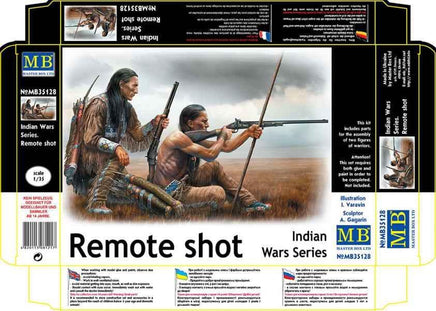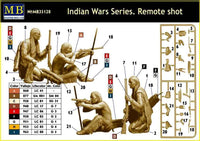Passa alle informazioni sul prodotto
Currently, the term North American Indians is used to describe the entire indigenous (indigenous) population of this continent, with the exception of the Aleuts and Inuits. It is assumed that the ancestors of North American Indians appeared in this area about 12–14 thousand years ago and came to this continent from Asia. However, this is only a hypothesis. Of course, the Indians were a veritable mosaic of tribes and tribes. You can meet both tribes engaged in agriculture (e.g., Huroni) and nomadic peoples (e.g., Apache). It is worth adding that, probably in the 16th and 17th centuries, the North American Indians numbered about 10 million. people. It should also be remembered that, unlike the Aztecs or Incas, they did not create strong state organisms. Most often, they were organized into tribes. They were often against white settlements, especially in the nineteenth century, against the advancing westward colonization of the United States. They often used bows and captured rifles as weapons, as well as tomahawks. It is worth adding that the tomahawk originally had an "iron" made of stone and later of steel. One of the most famous clashes between North American Indians and American troops was the Battle of Little Big Horn in 1876.












